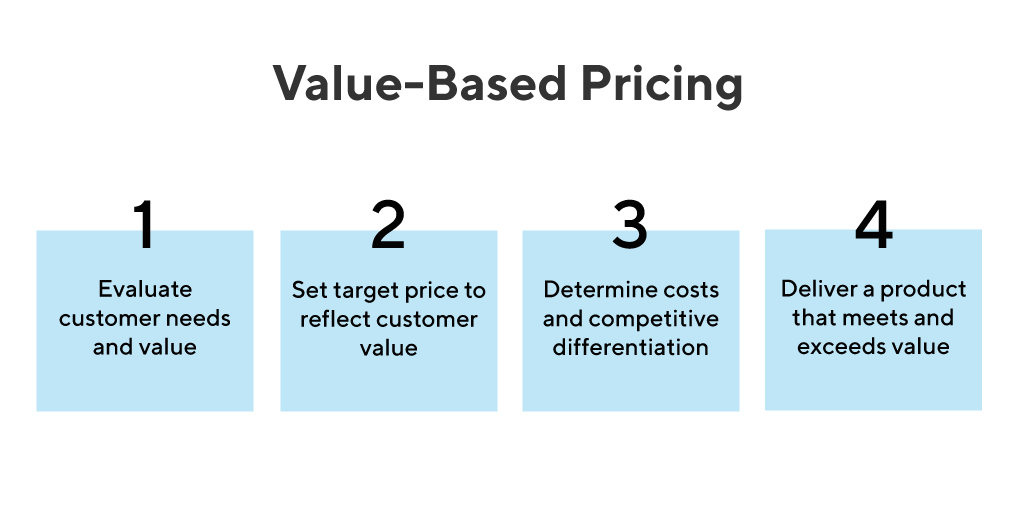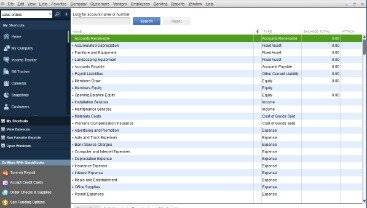
In other words, it is the collection of all accounts of a business enterprise. The accounts kept in the ledger are sometimes termed ledger accounts. For example, the amount of cash in hand at a particular date (e.g., the first day of the accounting period) is recorded on the debit side of the cash in hand account. The following rules are applied to record these increases and decreases in individual ledger accounts. In organizations where account balances are required after each transaction, the self-balancing or running balance format of a ledger account is used. This is why this type of account is also called the periodical balance format of a ledger account.
- The process of transferring information from the general journal to the general ledger, for the purpose of summarizing, is known as posting.
- The ledger has credits on the right-side column and debits on the left side.
- This specimen is standardized across all the different places in India.
- Nominal ledger gives information on expenses, income, depreciation, insurance, etc.
- A general ledger is the main type of ledger that is usually used by companies.
It is also known as the book of final entry or principal book of accounts. It is a book where all transactions either debited or credited are stored. A ledger account is a unit of accounting record for summarized transactions for one category. Ledger accounts then combined make up the general ledger of the business.
AccountingTools
Ledger Account is a journal in which a company maintains the data of all the transactions and financial statement. General ledger accounting, or GL accounting, represents the record-keeping system for an organization’s financial transactions. A ledger in accounting provides a record of every debit and credit that occurs during the lifetime of a company. These transactions are usually classified by type into asset and expense accounts, liability accounts, owner’s equity, revenue, and others.
The front page includes the chart of accounts, listing each account in the ledger and its number. Whether you are filling up a physical ledger or using accounting software, it is useful to know the steps to fill up a ledger. Accounts Payable ledger records all the credit purchases of business. Private Ledger – Private ledger consists of accounts which are confidential in nature such as capital, drawings, salaries, etc. As per traditional or UK style accounting, GL consists of all nominal & real accounts necessary to prepare financials for a company. Your private keys on your Ledger device are safeguarded using a 24 word password called a Secret recovery phrase.
- Distributed ledgers, unlike traditional databases, lack a central data repository and administrative functions.
- It is a book where all transactions either debited or credited are stored.
- To understand what a general ledger account looks like, here are some examples.
- Also known as a general ledger, a ledger in accounting provides a central database or repository that gathers all accounting data from sub-ledgers or modules.
- A general ledger is used in businesses that sell services or products.
- Simply put an account is a ‘bucket’ of value–or the balances a company needs to track.
An accounting ledger book includes multiple accounts taken from journal entries. While accounting journals are where you first record transactional details, these are classified and summarized in the ledger as an orderly list of debits and credits. Because it’s where the details are recorded for a second time, it’s also known as the second book of entry.
Format of Ledger Accounts
According to CPA Practice Advisor, only 18% of small- to medium-sized businesses do not use accounting software. Sales Ledger – Sales Ledger is a ledger in which the company maintains the transaction of selling the products, services or cost of goods sold to customers. This ledger gives the idea of sales revenue and income statement. Financial statements only present the summary of each account type. Thus, for reconciliation purposes, analysts must revert to the general ledger.

It’s considered to be the heart of all their business transactions since it provides users with the ability to gather information on sales, purchases, and cash flow. Financial transactions posted into the ledger are broken down by type into specific accounts whether they are classified as assets, liabilities, equity, expenses, and revenues. The general ledger is the master chart of accounts where all business transactions are recorded. A sub-ledger, or subsidiary ledger, is a set of intermediary accounts linked to the general ledger that contain transaction information. They include assets, liabilities, and shareholders or owner’s equity.
How Do You Read a Ledger?
This is a physical chip inside a physical device; and it’s the same chip you might find in your credit card or passport. Using this chip ensures that no one could access your funds should they manage to get physical access to your device. Combining technical innovations, rigorous testing, and user awareness, Ledger provides a robust defence against attacks. Collectively, these aspects contribute to Ledger’s exemplary track record of never experiencing a hack. That’s right–in almost a decade of business and over six million devices sold, Ledger has never been hacked. Because there is no longer a need to go via a central authority or middleman, distributed ledger technology offers the potential to speed up transactions.
A distributed ledger can be used to store both static and dynamic data, such as financial transactions. The two sides of debit and credit contain date, particulars, folio number and amount columns. Enter the following
transactions in journal and post them into the ledger and also
prepare a trial balance. Whenever a transaction takes place it is denoted and recorded in the journal in the form of the journal entry. Furthermore, this entry is posted again in their respective journal accounts. General Ledger – General Ledger is divided into two types – Nominal Ledger and Private Ledger.
This PIN code offers the first layer of security for everyday usage. Put simply, you can’t do anything with a Ledger unless you know the code. Sending and receiving crypto requires it, signing any transaction requires it. In fact, you can’t even upgrade to the latest estimated taxes: how to determine what to pay and when firmware without your trusty PIN code. Setting up a good PIN code ensures that you (and only you) can access your device. Furthermore, computers and phone screens can be tampered with by hackers via your internet connection – but your Ledger screen cannot.
Browse more Topics under Books Of Prime Entry
Recording transactions in multiple ledgers also serves as a control for accountants. For example, when money is received by a business, the transaction would be recorded both in the sales ledger as well as in the sales ledger control account contained in the general ledger. In this ledger account example, these should be identical entries to maintain balance. This concept developed through time into the ledgers that are today known as a company entity’s primary Book of Accounts.
Subscribe to Journal updatesself.__wrap_n!=1&&self.__wrap_b(“:R1ibd9m:”,0.
Ledgers also provide the ability to enter financial transactions so that they may be posted up into various accounts. An accounting ledger refers to a financial record book where accounting transactions are recorded. After recording the opening balances (i.e., the amounts at the beginning of an accounting period) in the ledger account, the next step is to record transactions as they take place.
Transactions from subsidiary ledgers are periodically summarized and transferred to the general ledger, which contains transaction data for all accounts in the chart of accounts. A general ledger is considered the foundation of the system used by accountants to create and store financial data. The trial balance is a report that lists the balances of all the general ledger accounts of your business at a given point in time. The main purpose of the trial balance is to show the balance of debits and credits of all the transactions in the general ledger. Everything from assets and liabilities to revenues, expenses, and equity.